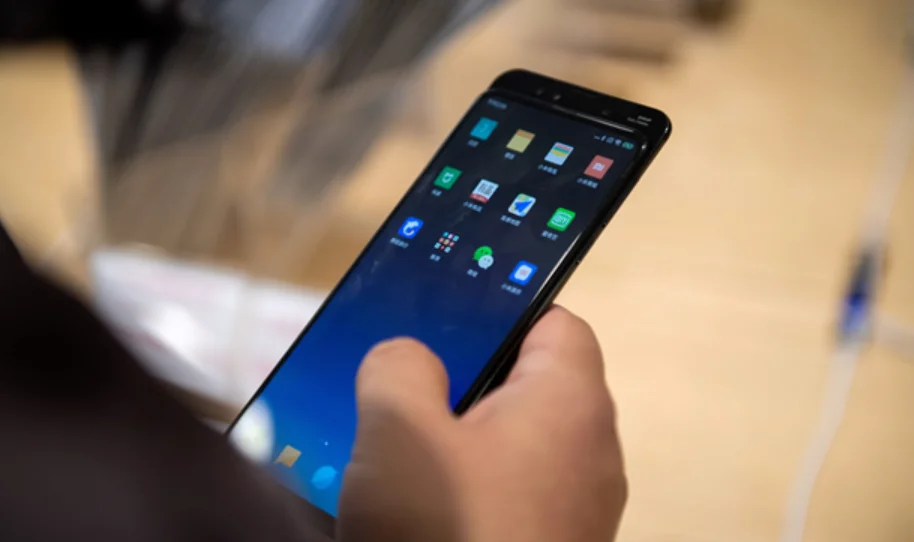Protecting Your Phone Screen: Tips, Costs, and Why It’s More Important Than You Think
In today’s tech-driven world, our smartphones are essential—and expensive. Yet, one of their most vulnerable parts, the screen, remains prone to damage. Despite innovations like Gorilla Glass, millions of users still crack their phone displays every year. But protecting your smartphone screen isn’t just about saving money—it’s also about reducing environmental harm.
According to the World Economic Forum, smartphone screens are complex layers of glass and plastic coated with indium, a rare metal that allows for touchscreen responsiveness. When you touch your screen, your finger completes a circuit, triggering the phone’s response. But this also means even a small crack can cause big problems.
Why Smartphone Screens Are So Fragile—and Expensive to Repair
Even with strengthened glass, modern phone screens are still prone to shattering, especially as devices grow larger and thinner. A broken screen on high-end devices like iPhones or Samsung Galaxy models can cost a fortune to fix.
In Nigeria, screen repair costs can reach:
- ₦150,000 – ₦350,000 for iPhones (depending on model and parts)
- Samsung and Pixel models also fall within similar ranges for newer versions
These high prices stem from the complexity of the materials used. Most smartphones contain over 80% of the stable elements in the periodic table. Many, including indium, lithium, and cobalt, are:
- Environmentally taxing to extract
- Sourced from regions with fragile supply chains
- Deemed critical or scarce by global standards
Best Ways to Protect Your Smartphone Screen
Tech analyst James Davis says that while manufacturers continue to improve materials, nothing is truly indestructible. That’s why screen protection should be a priority.
1. Use a Tempered Glass Screen Protector
“Tempered glass is your best defense,” says Davis.
These protectors absorb impact, often cracking themselves to protect the real screen underneath. Many also feature oleophobic coatings that resist fingerprints and smudges.
2. Get a PopSocket or Phone Grip
“These small accessories stick to the back and help you hold your phone better,” Davis explains.
They reduce the risk of drops, especially while texting or taking selfies on the move.
3. Clean Your Screen the Right Way
“Use a soft microfiber cloth,” advises Davis.
Avoid using tissues or clothing which can leave micro-scratches and wear down the screen over time.
Screen Protection and Environmental Impact
Replacing a screen doesn’t just affect your wallet—it also impacts the environment.
- Rare metals like indium and cobalt are often mined from conflict zones or ecologically sensitive regions
- Discarded phones and screens can leach toxic substances into soil and water
- Poor recycling practices in many regions worsen the e-waste problem
“Think of screen protection not just as a cost-saving measure,” Davis urges, “but as a small step toward more responsible tech ownership.”
Save Money, Save the Planet
With smartphone prices rivalling the cost of a used car, a cracked screen is more than just an inconvenience; it’s a significant loss. By investing in a few simple tools and adopting better care habits, users can extend their device’s lifespan, avoid expensive repairs, and contribute to a more sustainable tech ecosystem.



